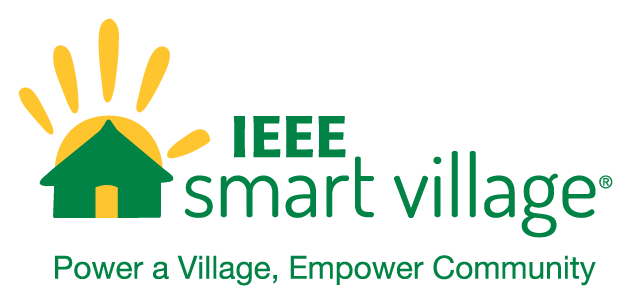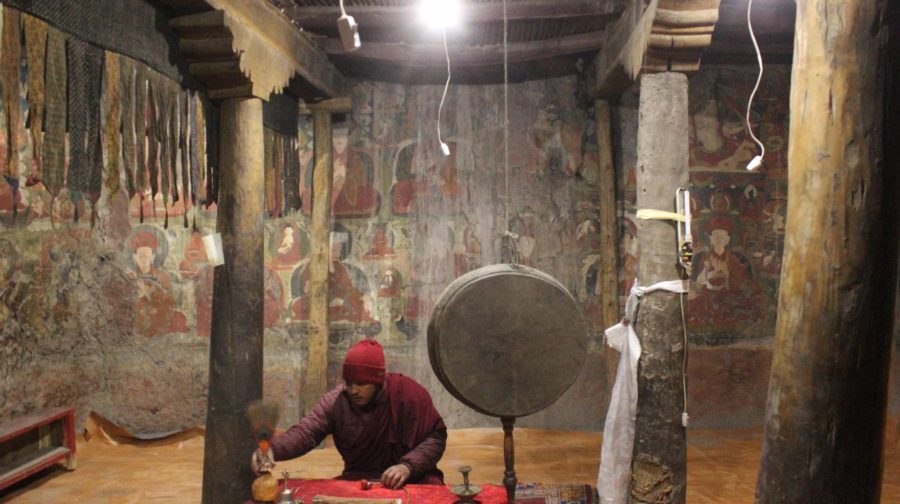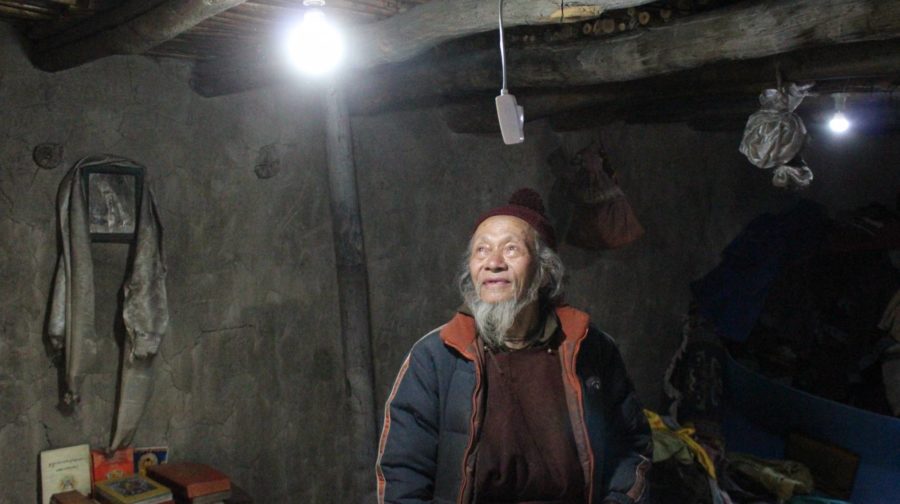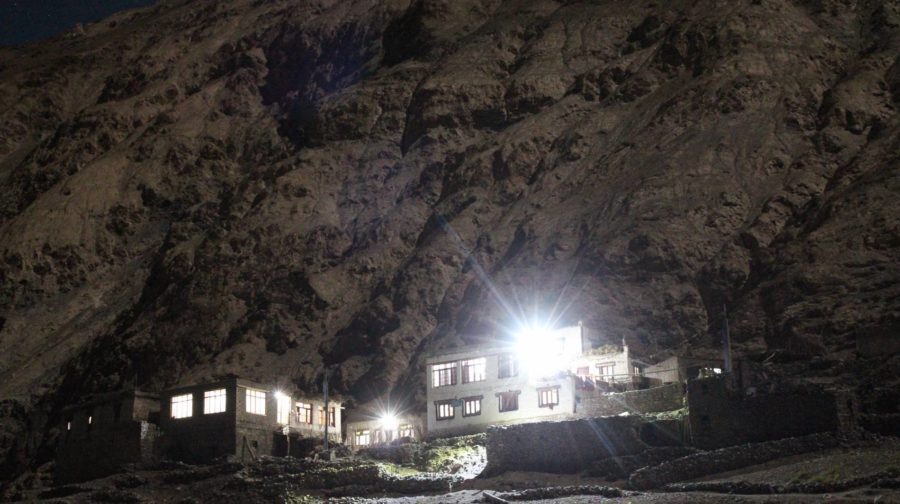Testimonial from Paras Loomba in India
Paras Loomba, Founder, Global Himalayan Expedition (GHE)
A Recap and Update as of February 2016:
Late last year GHE received seed-funding for the installation of 150 watt and 250 watt based DC solar microgrid systems in five extremely remote off-grid villages of northern India, located in the high altitude Himalayan region of Ladakh. Prior to the winter season of 2015, the team electrified three villages with 1.5 KW of capacity serving 670 villagers. This spring, the final two communities will be provisioned with hardware serving an additional 850 himalayan lives.
When complete this project will not only provide light and modest power for the community, but is also part of an overall plan of social enterprise via revenue-generating tourist-trekker “home stay” lodging. For 2016, GHE plans to install micro-utility services in an additional 40 mountain villages and will approach IEEE Smart Village for program expansion to support another 7 villages, including the first IEEE Smart Village Education Centre at Zanskar and the creation of a microgrid servicing workshop in support of the local entrepreneurs.
Below is a personal account from Paras on his work in India.
Global Himalayan Expedition (GHE) is a social enterprise that was setup in 2013 and conducts annual expeditions in the Himalayas. GHE’s vision is to provide education and clean energy access to remote Himalayan communities. In 2014, IEEE Smart Village Ambassador Pranav Mehrotra who was part of our 2014 expedition, and was instrumental in setting up the IEEE Smart Village Knowledge Centre at GHE’s Third Pole Education Base in Leh, India. The setup of the IEEE Smart Village Knowledge Centre has had a profound impact on the students of Third Pole Education Base. The students through the Centre are now directly engaging with a world they previously could not touch, they now believe that with knowledge obtained, they can bring renewable energy solutions back to their home villages and participate in improving the lives of their families and friends. The IEEE Smart Village Knowledge Centre at the Third Pole Education Base has acted as a window to the world for children these remote areas.
This year in August as part of our GHE 2015 expedition, an international cast of volunteers, including IEEE member Arnold Sullivan, helped bring light for the first time to an ancient Himalayan village called Shingo, that is nestled in Hemis National Park in the high-elevation Rumbak Valley of Ladakh, This locale is in farthest northern India, where the Kuen Lun Mountains meet the Himalayas.
During GHE 2015, the picogrid material including batteries and Solar panels was transported on Horse back to the remote village of Shingo. Getting the equipment there required a score of volunteers from Denmark, Peru, Oman, Singapore, India, Germany, Kenya and the United States to trek for three days from the nearest motorable road, crossing 16,500-foot Gandala Pass en route. Our team spent the first night in the village Shingo in total darkness. The second day was spent by the team of volunteers surveying the village and setting up the three solar picogrids. It took the team just 7 hours to complete installation of LED lights in each and every room of each and every home of the village including setting up of LED street lights to grace this beautiful valley, where snow leopards still roam. Darkness gave way to shimmering light when the grids were switched on, bringing a fresh ray of hope in the lives of the villagers.
Rural, DC-powered picogrids provide an excellent, environmentally friendly alternative for off-grid communities with low capital investment and ease-of-setup. These systems can range from 100 watts (W) to 500 W in capacity and provide not only basic, LED-based lighting for rooms but also help light up the streets of the village through DC LED Solar street lights in addition to providing an entertainment/ community recreation source through a 21” DC LED HD TV.
The business model is equally flexible. These picogrids are community owned. Two people from the village are selected to not only maintain the grid but are also responsible for Home-Stays and their upkeep when trekkers visit the village. Both of these villagers are trained on grid maintenance and also keep an account of the monthly rental by the villagers towards grid maintenance and commission earned by the villager through Home-stay promoted through GHE’s Green Himalayan village booking portal.
The villagers use electricity not only for basic activities such as cooking, but the light provided to the villagers also helps the artisans of the village to engage in their handicraft activities due to extension of their working hours. The village Shingo is known for the Sheep wool based handicrafts.
The lights and amenities powered by the picogrid enable villagers to host foreign trekkers passing through Shingo, a vital rest stop for those headed up west towards Zanskar or north towards Markha Valley. Trekkers will be willing to pay extra to stay in these village homestays because of the value added facilities being provided. We estimate this will increase income to at least 20,000 rupees (about $306 USD) per family each tourist season from now onwards.
It may be difficult for outsiders to appreciate the potential revolution such systems could provide. India has the world’s second-largest population but 70 percent live in rural areas, most without any access to the country’s electric grid. Extending the grid to regions with low population and potentially low electric loads is capital intensive, time-consuming and, ultimately, may not make sense in terms of investment priorities. The falling cost of solar panels, the efficacy of a small, DC-based picogrid and ease-of-setup and use make our solution both “do-able” and increasingly popular.
In terms of design, these picogrids have a centralized storage and power generation capability. GHE has hosted training workshops for the villagers to help them understand the intricacies of the picogrid. The IEEE Smart Village Initiative has supported our mission in the Himalayas to provide remote off grid communities with opportunities that they previously had no access to.
